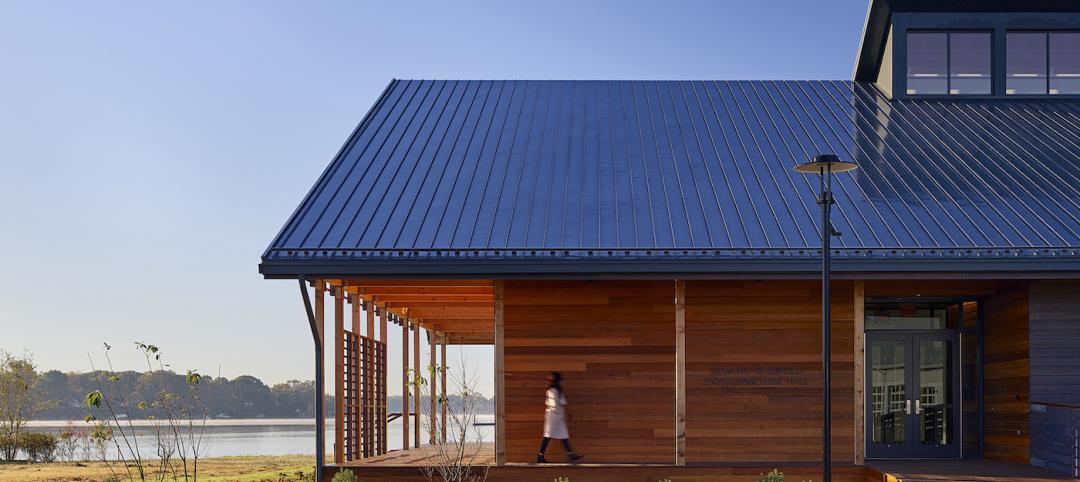A meeting of 52 key Chinese and international architecture and planning firms yielded the China Accord—a pledge to cooperatively lower carbon emissions in the built environment.
The meeting was hosted by the China Exploration and Design Association – Architecture Branch (CEDAAB) and by Architecture 2030. “We understand our moral and professional responsibility to address the issue of greenhouse gas emissions if we are to stay within the 2° C threshold established by the international scientific community, and the Accord is just the beginning of our joint efforts,” said Ed Mazria, Architecture 2030 Founder and CEO. “We have a long and exciting road ahead of us to decarbonize the built environment.”
The China Accord supports the Chinese government’s targets to peak and begin reducing carbon emissions, as well as the State Council’s Green Buildings Action Plan and the recent China-US Joint Presidential Statement on Climate Change. A number of initiatives will result from the Accord, including professional training, knowledge-sharing events and programs, a broad-based stakeholders’ forum, and the localization of design and planning strategies utilizing real-time simulation tools.
Among the international firm signatories were DLR Group, Skidmore Owings & Merrill, ARUP, Gensler, CallisonRTKL, HKS Architects, Perkins+Will, HDR, and Glumac.
Related Stories
Giants 400 | Aug 28, 2020
2020 Giants 400 Report: Ranking the nation's largest architecture, engineering, and construction firms
The 2020 Giants 400 Report features more than 130 rankings across 25 building sectors and specialty categories.
Architects | Aug 27, 2020
Strategically planning your firm past the COVID-19 pandemic
As AEC firm leaders consider worst-case scenarios and explore possible solutions to surmount them, they learn to become nimble, quick, and ready to pivot as circumstances demand.
Digital Twin | Aug 27, 2020
The Weekly show: Digital twin technology and social equity in the AEC market
The August 27 episode of BD+C's "The Weekly" is available for viewing on demand.
Architects | Aug 26, 2020
We the People: Four steps for the architecture profession to build unity through design
Architect offers a 4-point manifesto to the design community to work for racial and social justice in the U.S. following the death of George Floyd.
Coronavirus | Aug 25, 2020
Video: 5 building sectors to watch amid COVID-19
RCLCO's Brad Hunter reveals the winners and non-winners of the U.S. real estate market during the coronavirus pandemic.
Architects | Aug 19, 2020
Japan’s Tokyo Toilet project looks to improve the perception of public restrooms
17 toilets throughout Shibuya will be redesigned as part of the project.
Architects | Aug 5, 2020
Final report: BD+C's 2020 Color Trends Report
This special research report from the editors of BD+C explores the leading trends and drivers related to the use of color on commercial, institutional, and multifamily building projects.
University Buildings | Aug 2, 2020
R&D hubs, modular-built hotels, and an award-winning student center on the August 6 “The Weekly”
R&D hubs, modular-built hotels, and an award-winning student center on the August 6 “The Weekly”
University Buildings | Jul 24, 2020
A hybrid learning approach could redefine higher education
Universities reassess current assets to determine growth strategies.
Coronavirus | Jun 19, 2020
Experts address COVID-19's impact on nursing homes and schools on The Weekly
The June 18 episode of BD+C's "The Weekly" is available for viewing on demand.

















